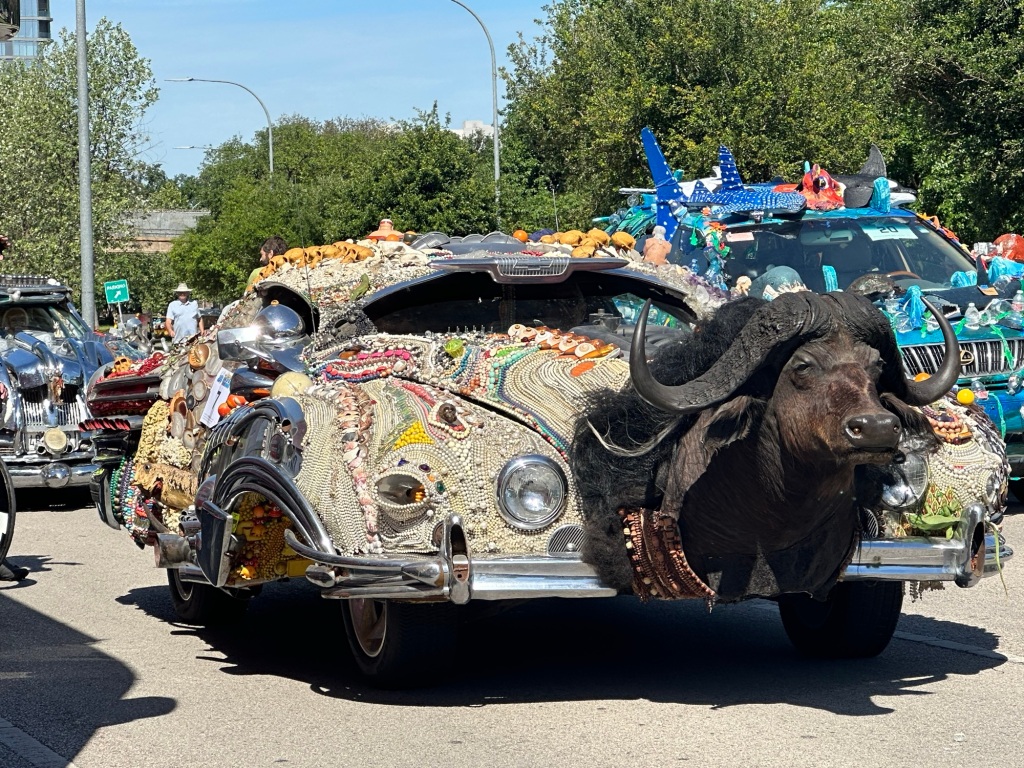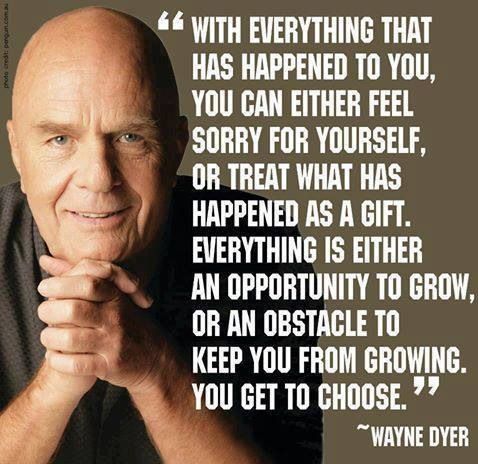In my mind, a domino falls, and another, and another, until the effect creates something beautiful and heartfelt.

Domino #1
It was June of last year when I resigned from my job without any sort of plan. People are curious how I spend my time, and it’s a great question. Somehow, I never have a great answer. I suppose I could say, “I’m a housewife.” That doesn’t seem to need much explanation. In truth, housewifing is not my strength. However, I’m good at enjoying my downtime. Travel opportunities have manifested. I don’t have to drop much to go. I read and write and exercise. I’m keeping my mind right, staying connected with friends and family, and of course, watching my share of TV.
Domino #2
I can’t remember exactly when I caught a series on Netflix called Live to 100: Secrets of the Blue Zones. In four episodes, the documentary focuses on centenarians living and thriving in Okinawa, Japan and the mountain villages of Sardinia, people on the Greek island of Ikaria and Costa Rica’s Nicoya Peninsula, and a pocket of Seventh-Day Adventists in a Californian suburb. Common elements and healthy habits contribute to longevity, including plant-based diets, natural movement (like walking and gardening), serene lifestyles, faith and hope, strong family bonds, like-minded communities, and a sense of purpose.
The Loma Linda episode made me think, specifically about volunteering. The show’s host says,
“People who volunteer have better memories, better social connections. They even report higher levels of happiness. If you think, it always involves some physical activity, involves some sense of meaning because you’re focusing on someone else other than just yourself.”
Domino #3
On February 8, my friend Georgia posted a volunteer opportunity on Facebook:

I typed, “I’m looking into it!”
Georgia responded, “It’s so fun. I think you’ll love it. Sign up to be my assistant.”
And that’s how I became Assistant to the Volunteer Coordinator of the 37th Annual Houston Art Car Parade.
Domino #4
On the crisp April morning of the parade, I donned my bright orange volunteer t-shirt and drove nine miles from my house to a high school parking lot just west of downtown. I parked and then walked to the parade route on Allen Parkway in search of the volunteer tent and my friend Georgia.
The Katz Coffee van delivered coffee just after 8 AM, around the time I arrived along with another volunteer named Hal. Georgia gave us the breeziest jobs at the pre-parade. We would drive golf carts and shuttle other volunteers to their locations, so Hal and I hitched a ride with the coffee guy to City Hall, close to the golf cart pick up location. For all I know the coffee guy could’ve owned Katz Coffee. Everything happened so fast.
That’s how I came to drive a golf cart down Allen Parkway, wind in my face, as the sun rose over the skyscrapers at my back. The art cars were beginning to line up, and I snapped photo upon photo. Art was everywhere, alive and thriving. The energy was tangible.
By the time I returned to the volunteer tent, more volunteers were showing up, and my official job began. I shuttled the mother of a former student and caught up on his life. I shuttled my friend who substituted for me last year when I took some time off for my radiation treatments. I shuttled some high school kids who were volunteering because their moms said so. And then Georgia and Hal’s son showed up. He happens to be one of my favorite former students, and he said, “Good morning!” and gave me a big hug. The energy was heartfelt.















The city of Houston has provided me so many opportunities for adventure. The decisions have been up to me. It’s where I made the decision to blog and to pursue my MFA, where I decided to dance again and to take care of myself. You learn and grow either way, despite the outcomes, but you never know until that first domino falls.















